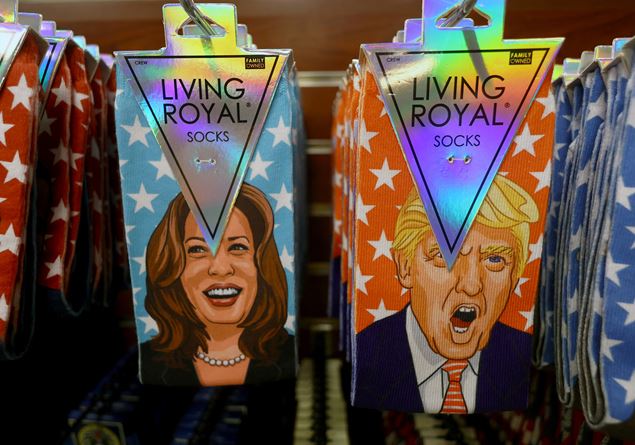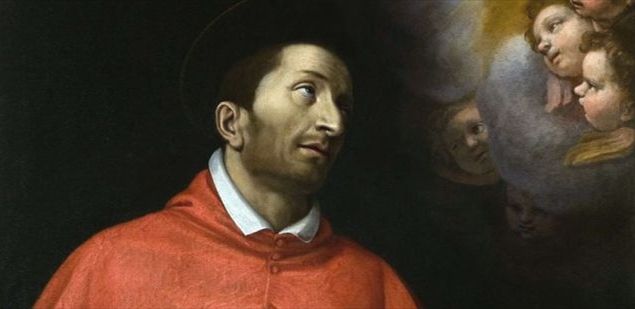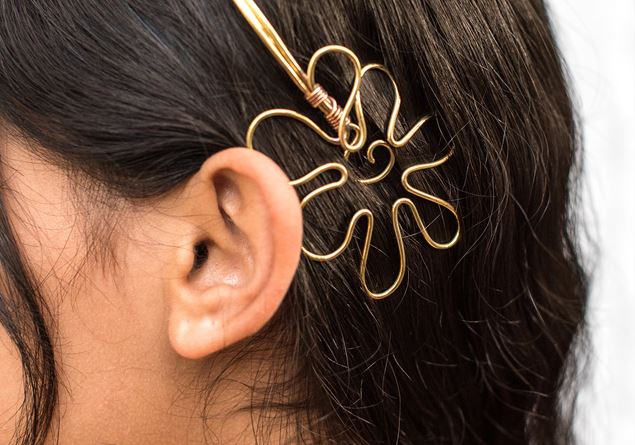
Today, November 5, is election day in the United States: the election day to choose the occupant of the White House for the next four years. The challenge is between the outgoing Democratic vice-president Kamala Harris and the former Republican president Donald Trump. Voting has been held on Tuesdays, as per tradition, since 1845. Previously, each federal state decided when to vote. In 1845 a law standardized the date: the Tuesday after the first Monday in November. Back then the United States was a country founded on agriculture and the beginning of November was considered a good time to go and vote because harvest time was over. As for the day of the week, Sunday was excluded because it was to be dedicated to the Lord. Wednesday was market day in many places. To get to the polls, many took up to a whole day to travel. Not being able to move on Sundays and Wednesdays, Mondays and Thursdays were also excluded. In short, Tuesday seemed the most suitable day. In contemporary times, it is an unusual choice and certainly does not favor voter turnout. The problem was partly solved with the possibility of early and postal voting.
The United States, in any case, remains one of the countries with the highest rate of abstentionism in general (turnout is lower in congressional elections, a little higher in presidential elections). The historic record of voters (since the early 1900s) was recorded in the 2020 presidential elections, which saw Joe Biden’s victory over Donald Trump: more than 155 million citizens went to the polls, almost 67%.
To express the right to vote, US citizens are required to register. There are 187 million registered voters in the November 5 elections. More than 64 million citizens have already expressed their choice by early voting or by post.
In the USA, the president and vice president are not voted directly by the people, but on the basis of a two-level electoral process. When citizens vote, they choose 538 electors spread across the state (i.e. for each of the fifty federal states) depending on the number of citizens (California, the most populous state, has 54 electors). These form the Electoral College and, in turn, vote for the head of state and his deputy. Therefore, what actually determines the election is not the popular vote but the collegial one: it may happen that the candidate who receives the fewest votes at a national level, but more collegiate votes (a higher number of electors) wins, as occurred for example with Donald Trump’s victory in 2016 against Hillary Clinton.
The latter was the first woman to be nominated. The USA has so far had two Catholic presidents: John F. Kennedy (1961-63) and Joe Biden. Republicans and Democrats are distinguished by different colors: the Republican Party is identified with the color red, the Democratic Party with blue.
(Reuters photo: Socks on sale in a Washington shop with the faces of Trump and Harris)









